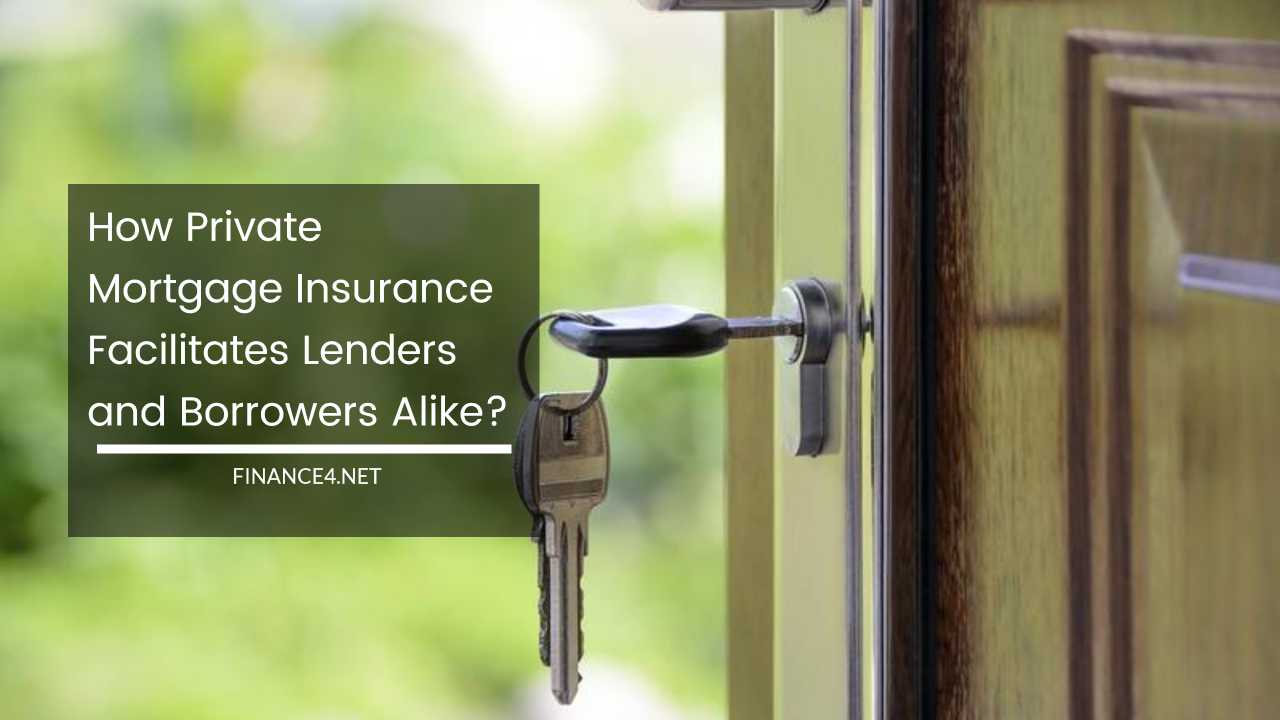Debt Reduction: A Shared Struggle, Not a Shame

Debt reduction shouldn’t be a source of shame. It’s a financial reality that touches everyone at some point. Imagine your parents bringing you home from the hospital, excited yet undoubtedly worried about the bills piling up.
That hospital bill might have been their first introduction to debt. Perhaps they juggled student loans for your education or even maxed out a credit card for your dream wedding gown.
The point is, debt is common. However, the reasons for accumulating debt can vary greatly. Sometimes, it’s fueled by a desire for a luxurious lifestyle beyond our means, a fancy car, or keeping up with the Joneses. These situations require introspection to prevent future issues.
However, other reasons for debt can be truly heartbreaking. Medical emergencies can leave families financially devastated.
Parents might find their retirement plans disrupted by adult children returning home due to overwhelming debt.
Hoping for a lucky lottery win is not a financial strategy. When these situations arise, tackling debt reduction head-on becomes crucial.
Financial Hardship: A Catalyst for Change
The term “financial hardship” shouldn’t evoke fear. It’s a starting point for a critical financial process. Creditors often consider hardship situations when evaluating debt reduction options. Qualifying hardships can stem from unexpected events that significantly impact income:
- Job loss
- Reduced work hours or income
- Divorce
- Injury or illness
- Any unforeseen circumstance causing income loss
These hardships must be severe enough to prevent you from fulfilling minimum monthly payments. Ideally, you’ll address the situation before defaulting on your credit card debt.
Debt Reduction for Small Businesses: Not an Anomaly
Financial hardships aren’t exclusive to individuals. The Great Recession highlighted the struggles of small businesses.
Revenue dips can force entrepreneurs to rely heavily on credit cards, accumulating significant debt. Often, their focus shifts from growing the business to simply paying the ever-increasing interest on their debts.
A recent study revealed a startling correlation: credit card debt significantly reduces a new business’s chances of survival within the first three years.
The research showed that for every $1,000 increase in credit card debt, the probability of business closure rises by 2.2%.
Fortunately, debt reduction services are available for struggling businesses. To qualify, the business might need to be inactive or experiencing drastic cash flow reductions. All owners or partners must be on board with enrolling in a debt reduction program.
Statistics reveal a grim trend. The rate of small business failures soared from 2.4% in 2004 to a staggering 11.9% in 2008. While recent data might be unavailable, experts predict this trend will continue. We may be looking at the highest rate of business failures in nearly two decades.
Battling Debt Together
As credit card debt spirals out of control, both individuals and businesses need to understand that they’re not alone. There’s help available – Practical Debt Relief stands ready to advocate for you and equip you with the tools to overcome financial challenges.
Remember, debt reduction is a journey, not a destination. It starts with acknowledging the issue, understanding the causes, and seeking solutions. By working together, we can navigate financial hardships and achieve a brighter financial future.
Taking Action: Strategies for Debt Reduction
Now that you understand the universality of debt and the importance of tackling it, let’s explore actionable strategies:
1. Crafting a Budget: Creating a budget is the cornerstone of debt reduction. Track your income and expenses for a month to understand your spending habits.
Categorize your expenses as essential (housing, utilities, groceries), discretionary (entertainment, dining out), and debt payments.
Identify areas where you can cut back on discretionary spending to free up funds for debt payments. Several budgeting apps and online tools can simplify this process.
2. Choosing a Debt Reduction Strategy: Here are two popular approaches:
- The Debt Avalanche Method: This method prioritizes paying off debts with the highest interest rates first. While the initial progress might be slower (seeing smaller balances disappear quickly), you save more money in the long run by minimizing interest payments.
- The Debt Snowball Method: This approach focuses on paying off the smallest debts first, regardless of interest rate. Seeing debts disappear quickly provides a sense of accomplishment and can boost motivation.
Choose the method that best suits your personality and financial situation.
3. Debt Consolidation: Consolidating debt can simplify your repayment process by combining multiple debts into one loan with a lower interest rate. This can provide clarity and potentially save money on interest.
4. Negotiating with Creditors: Contact your creditors and explain your financial hardship. They might be willing to lower your interest rate or temporarily suspend payments while you get back on your feet.
5. Increasing Your Income: Look for ways to increase your income, such as taking on a side hustle, monetizing a hobby, or negotiating a raise. You can also explore options like freelance work, online tutoring, participating in the gig economy, or even renting out unused space in your home or car. Remember, every little bit counts towards accelerating your debt repayment journey.
Building Financial Wellness Beyond Debt Reduction
Debt reduction is a significant step towards financial wellness, but it’s just the beginning. Here are some additional strategies to ensure long-term financial stability:
1. Building an Emergency Fund: Life throws curveballs. An unexpected car repair or medical bill can derail your debt reduction progress.
Aim to build an emergency fund that covers 3-6 months of living expenses. This provides a safety net and prevents you from resorting to credit cards during emergencies.
2. Saving for Retirement: Don’t let debt repayment overshadow your future. Even small contributions towards retirement savings can make a significant difference over time. Explore options like employer-sponsored retirement plans (401(k)s) or Individual Retirement Accounts (IRAs) to leverage tax advantages.
3. Automating Your Finances: Automate your financial processes as much as possible. Set up automatic transfers for debt payments, bill payments, and savings contributions. Automating these tasks ensures timely payments and eliminates the risk of forgetting.
4. Seeking Professional Help: Don’t be afraid to seek professional financial guidance. A financial advisor can assess your financial situation, create a personalized plan, and offer ongoing support. They can help you make informed decisions about debt repayment, investments, and retirement planning.
5. Maintaining a Healthy Financial Mindset: Financial wellness is as much about behavior as it is about numbers. Develop a healthy financial mindset to avoid impulse purchases and maintain a disciplined approach to spending. Consider practicing gratitude for what you have and focusing on long-term financial goals over instant gratification.
Final Thoughts: A Brighter Financial Future Awaits
Debt reduction is a powerful tool for achieving financial freedom. By acknowledging the issue, understanding the causes, and creating a plan, you can take control of your finances and build a brighter future.
Remember, you’re not alone. Many resources and strategies are available to help you navigate the path to financial wellness.
With dedication and perseverance, you can overcome debt, achieve your financial goals, and live a more secure and fulfilling life.



